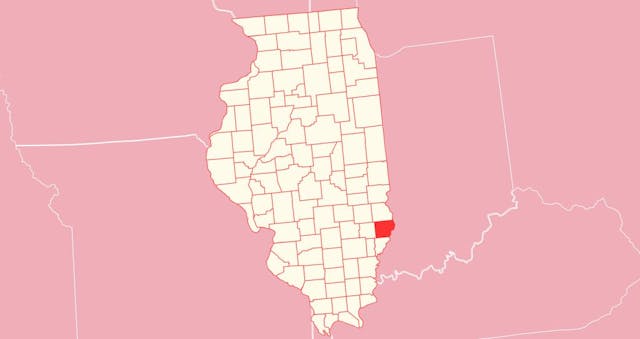Rehabs in Lawrence
Lawrence County is located in the US state of Illinois. Its administrative center is Lawrenceville. The county seat is Lawrenceville. According to the 2020 US census, the region’s population was 15,280.
Drug and alcohol abuse and addiction are severe problems in this area. As to the National Institute on Drug Abuse, in 2014, about 24 million people in the US aged 12 or older had substance use disorder. The number of people with substance use disorder in Lawrenceville, IL is higher than the national average. In 2016, there were 12 overdoses there.
As to the report by the IL Department of Human Services, in 2015, there were 1,009 admissions to drug and alcohol rehabs in Lawrence County. The most abused drugs were heroin, marijuana, and cocaine.
Alcohol is also widely abused among 26,9% of people aged 18 or older. It brings various problems such as health issues, accidents, violence, deaths, etc.
The existence of the issues mentioned earlier once again underlines the importance of rehabs in Lawrence County. These centers offer various healing programs and services. So, the best type of treatment depends on the person’s individual needs and preferences.
Keep reading the article to get complete information on the available treatment centers and receive professional aid as soon as possible.
Available Treatment Centers
There are various rehabs in Lawrence County that offer inpatient and outpatient treatment. However, some of them involve a combination of these two. Detox services and aftercare support are also available in this area.
Each person should choose a program that fits their needs and preferences. Generally, the treatment starts with the assessment of the addiction, unique needs, and other health concerns. The evaluation also provides a client with an individual recovery plan.
The main factors that a client should consider while choosing a rehab are:
Location of the facility
Cost of the program
Length of stay
Available services
Only after having all these details, can a person choose a hub. Let’s discuss each healing program separately.
Detox
Detox ensures the safe removal of toxins from the body. It offers 24/7-hour medical control and emotional support. Typically, it causes painful and uncomfortable withdrawal symptoms that may be even deadly. So, it is dangerous to pass this procedure without the supervision of the expert staff.
Detox is the starting point of the initial healing. Besides, it brings confidence to the person and prevents any risks of relapses.
Inpatient Program
Inpatient therapy involves around-the-clock support and control from qualified staff. Patients have to reside in a hub that offers a safe setting and various healing services.
Among those services, people are to find individual and group therapy, a 12-step curriculum, development of life skills, training, etc. This plan includes stress reduction and recreation amenities as well.
This kind of therapy may last from three weeks to several months. However, this structured care is the most effective one to reach sobriety and long-lasting recovery.
Outpatient Program
People with mild levels of addiction can get treatment at outpatient clinics. There are intensive (IOP) and general outpatient (OP) programs available in this county.
This type of care includes all the therapies offered by the inpatient program. However, individuals do not have to stay at the hub. So, they have an opportunity to work/study and get treated at the same time.
One should pay three to five visits to the center. Each session takes several hours.
Aftercare
Patients need ongoing support for the final recovery. Aftercare resolves this issue and involves meetings with peers that also have the same disorder.
Aftercare also includes sober houses, assistance in education and employment, 12-step plans, etc. The length of the aftercare depends on the person’s condition.
Payment
The type of center and therapy, the length of the plan, the medicine used, and other amenities determine the cost of the rehab.
The main part of the rehabs accepts private health insurance plans. The latter provides full or partial coverage of the rehab expenses. It is possible to contact the agency to see what kind of coverage it provides.
Patients may also apply for public health insurance plans such as Medicaid, Medicare, and Tricare. They just have to verify their eligibility and get financing.
Many hubs also accept self-financing, loans, or grants.

